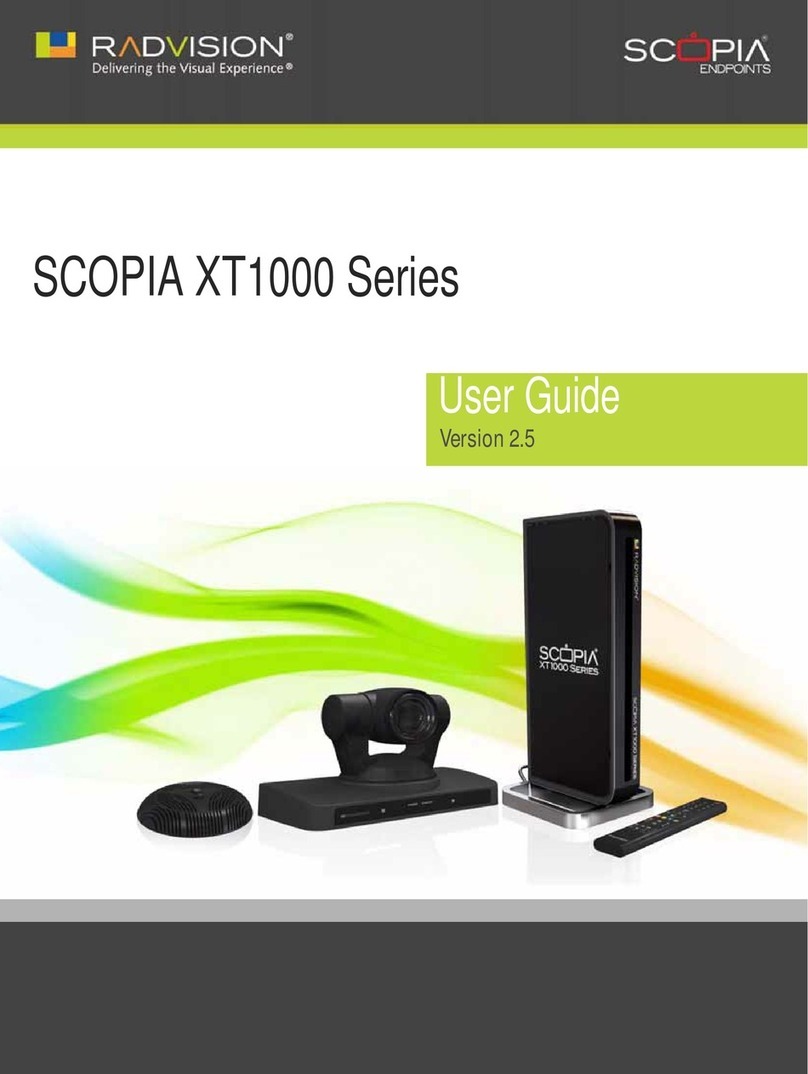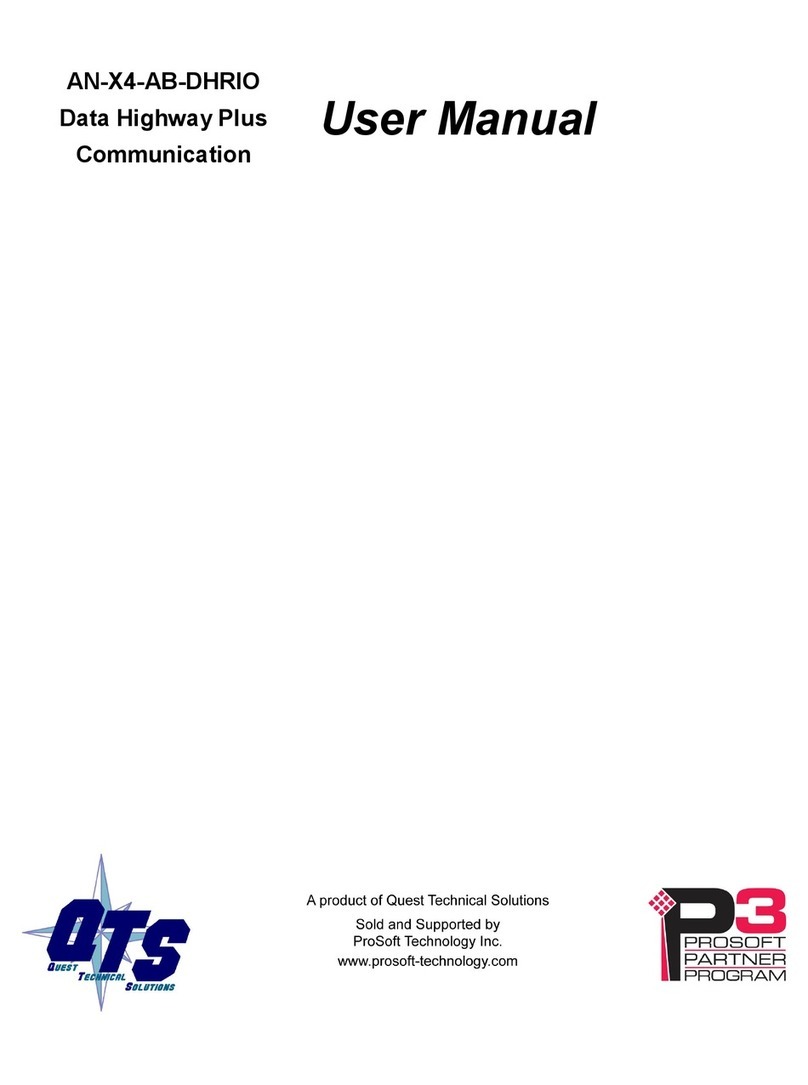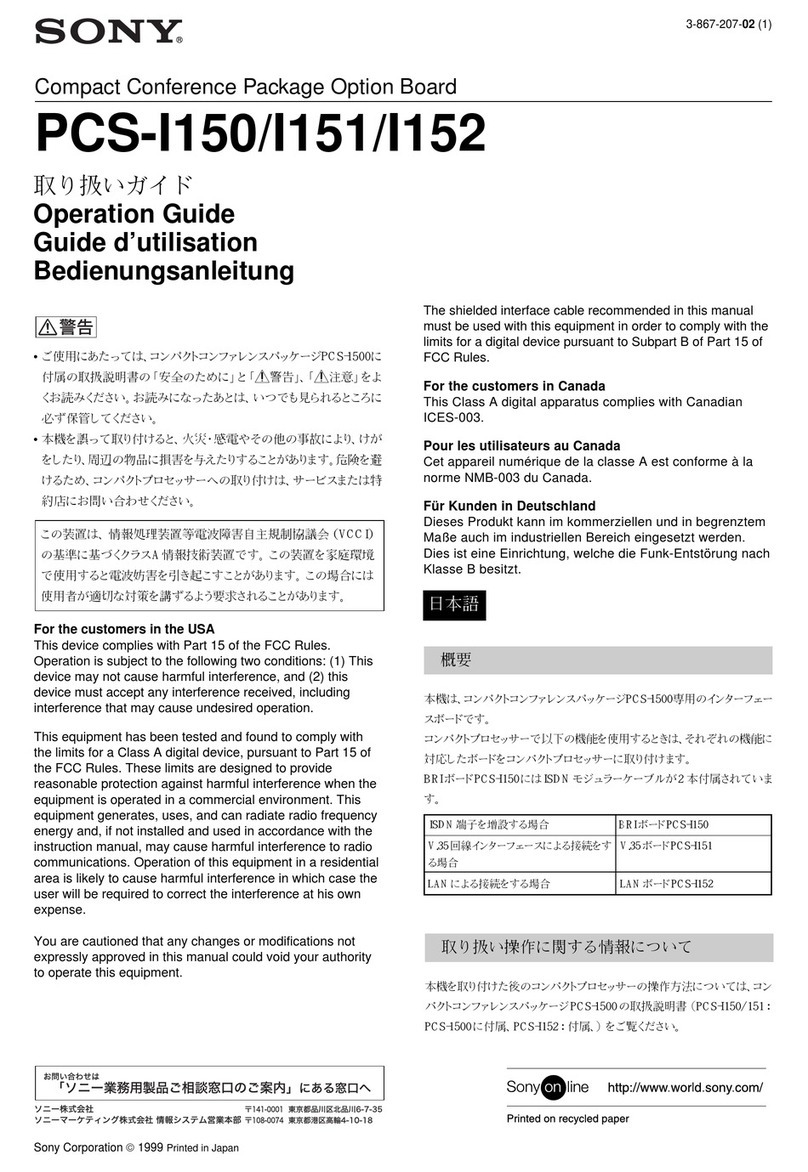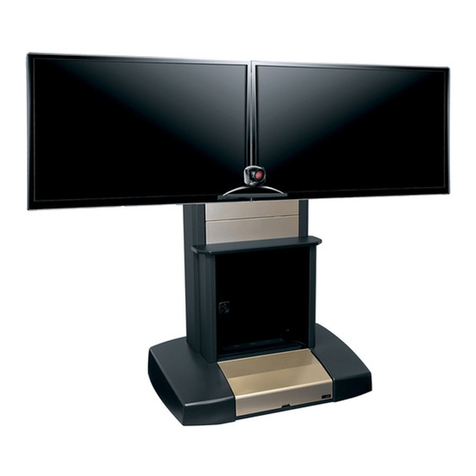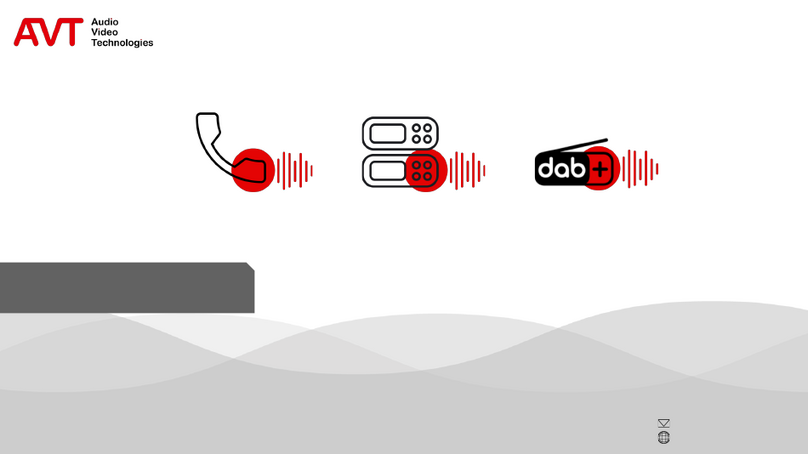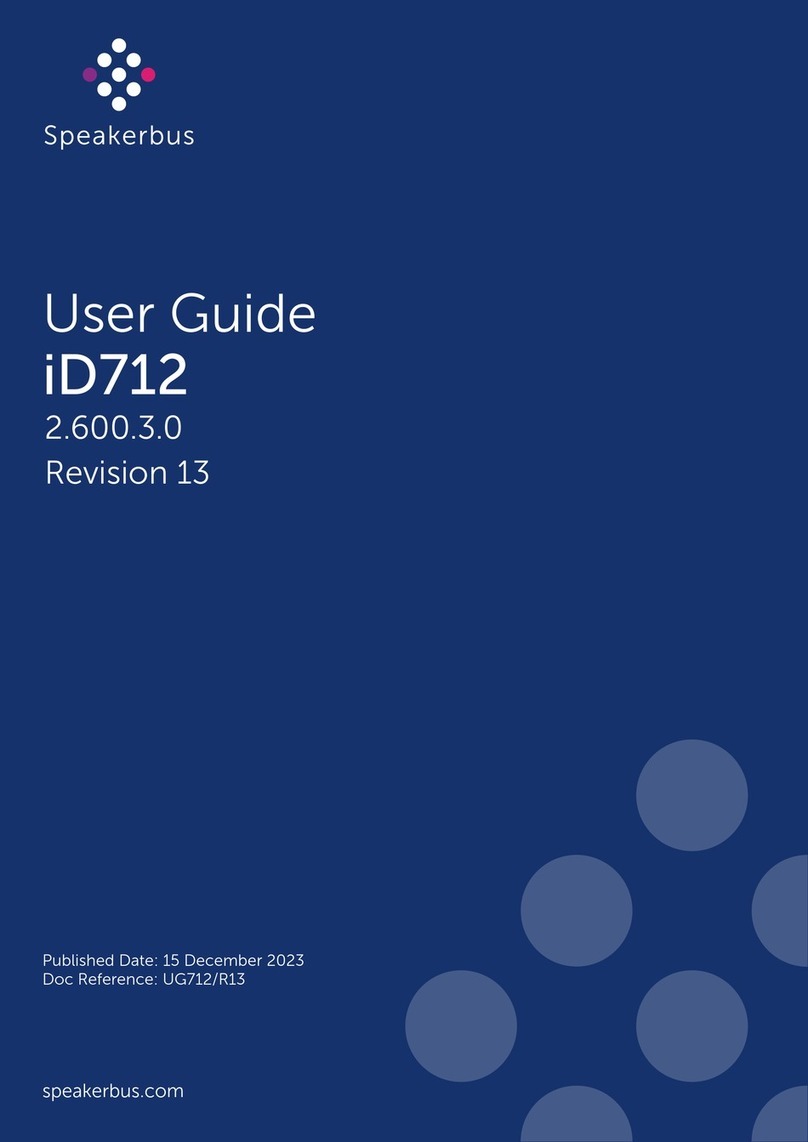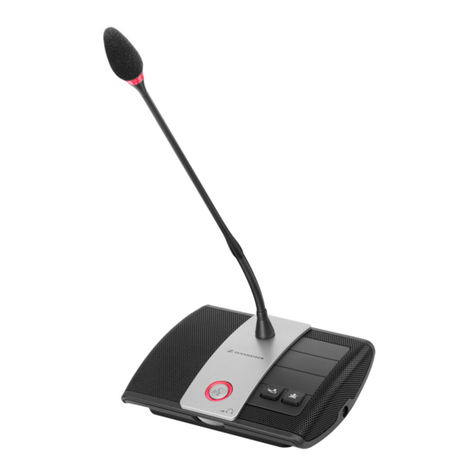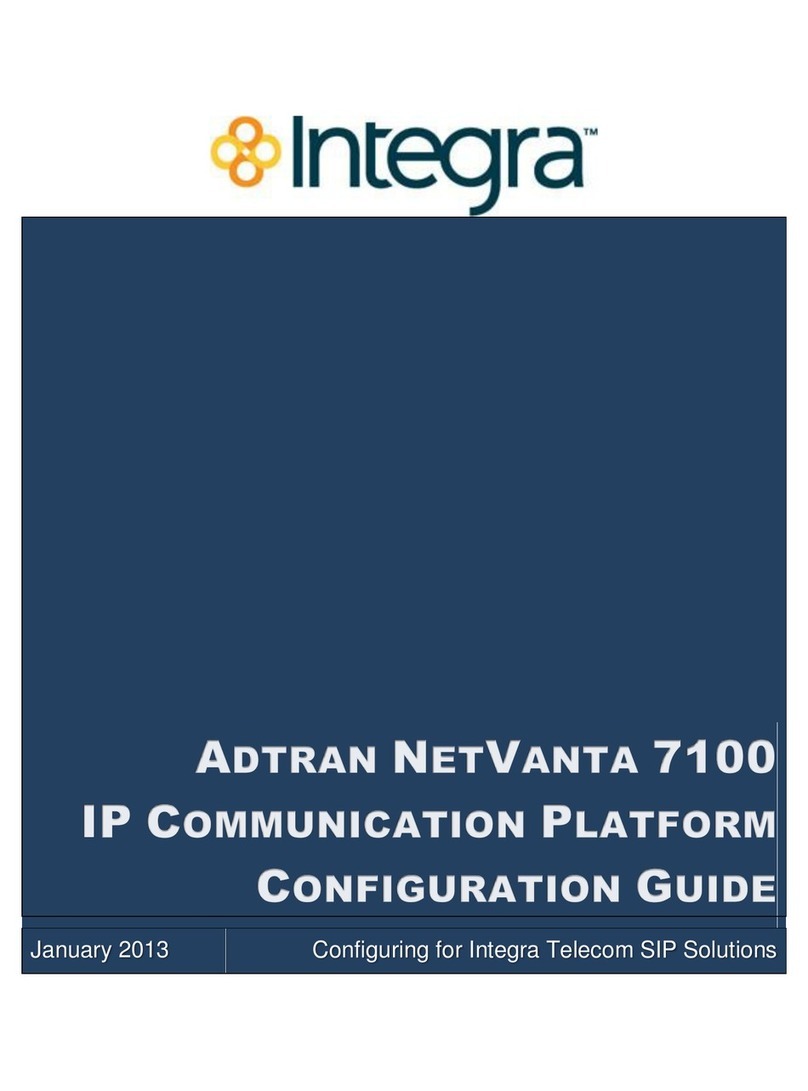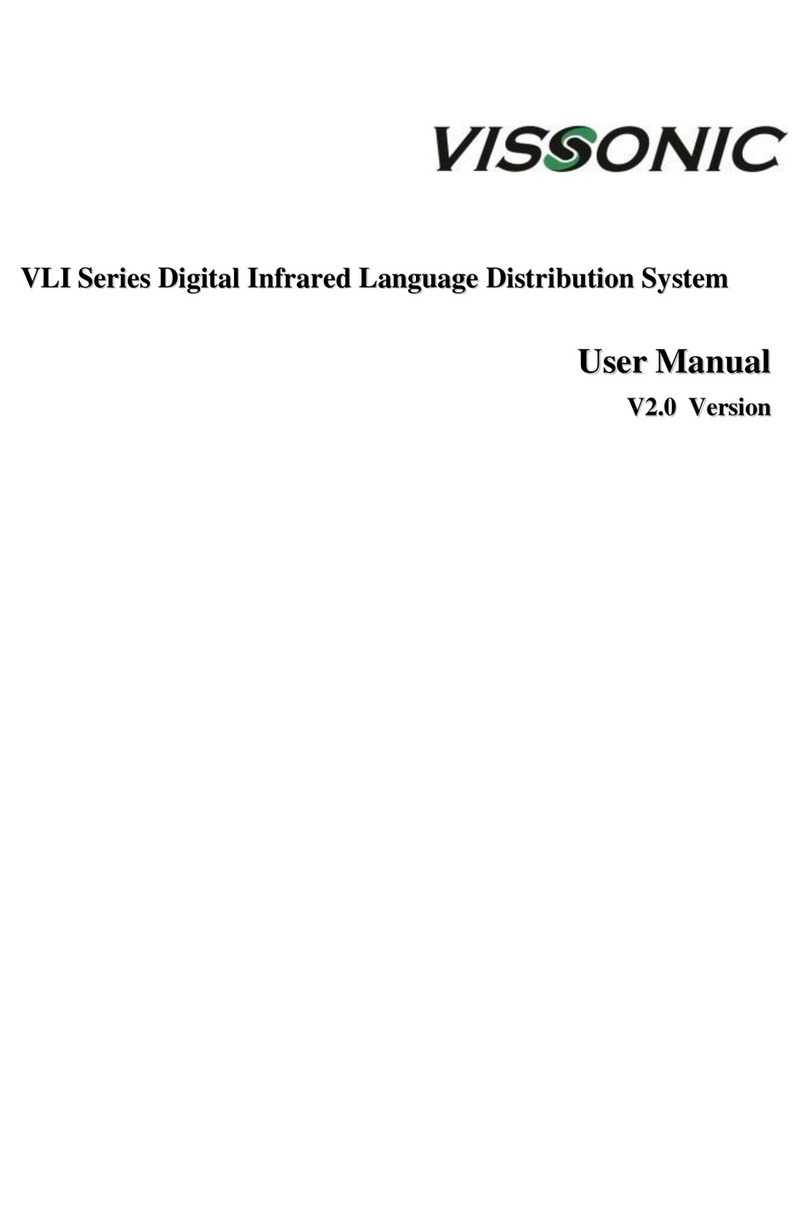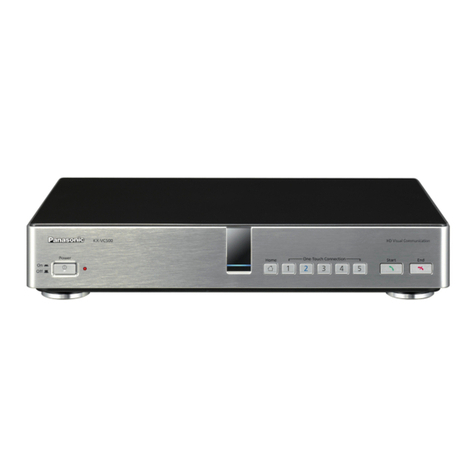Getting started with the 8378 DECT IP-xBS solution
on OXO
8AL90357ENAAed01 2 /37
1. Overview.............................................................................................................................................................4
2. Documentation ..................................................................................................................................................5
3. List of abbreviations and acronyms ..............................................................................................................6
4. Solution components description..................................................................................................................7
4.1 8378 DECT IP-xBS hardware..........................................................................................................................7
4.2 ALE compatible Call Servers...........................................................................................................................7
4.3 DECT handsets..................................................................................................................................................7
5. Wizard OXO........................................................................................................................................................8
5.1 IP-xBS PARI creation......................................................................................................................................11
5.2 xBS auto-discovery..........................................................................................................................................12
5.3 Automatic air synchronization........................................................................................................................14
5.4 SYNC MASTER...............................................................................................................................................15
5.5 SITE...................................................................................................................................................................16
5.6 DATA SYNC PRIMARY..................................................................................................................................17
5.7 SYNC CLUSTER.............................................................................................................................................18
5.8 Internal Synchronization.................................................................................................................................18
5.9 RELAY xBS ......................................................................................................................................................19
5.10 RELAY xBS load sharing................................................................................................................................19
6. Engineering rules............................................................................................................................................ 20
7. Possible Deployment Topologies ................................................................................................................ 20
7.1 xBS only............................................................................................................................................................20
7.2 xBS only, Headquarter & Branch Offices.....................................................................................................21
7.3 Mixing xBS / TDM BS without external synchronization............................................................................22
7.4 Non-supported configurations........................................................................................................................23
8. How to configure the solution....................................................................................................................... 24
8.1 Limited constraints on IP network .................................................................................................................24
8.2 Dynamic or Static IP parameters...................................................................................................................24
8.3 TFTP..................................................................................................................................................................26
8.4 VLAN .................................................................................................................................................................26
8.5 LANPBX.CFG configuration file.....................................................................................................................27
8.6 xBS firmware binary........................................................................................................................................27
8.7 QoS....................................................................................................................................................................27
8.8 Security .............................................................................................................................................................28
8.9 Call server configuration.................................................................................................................................28


